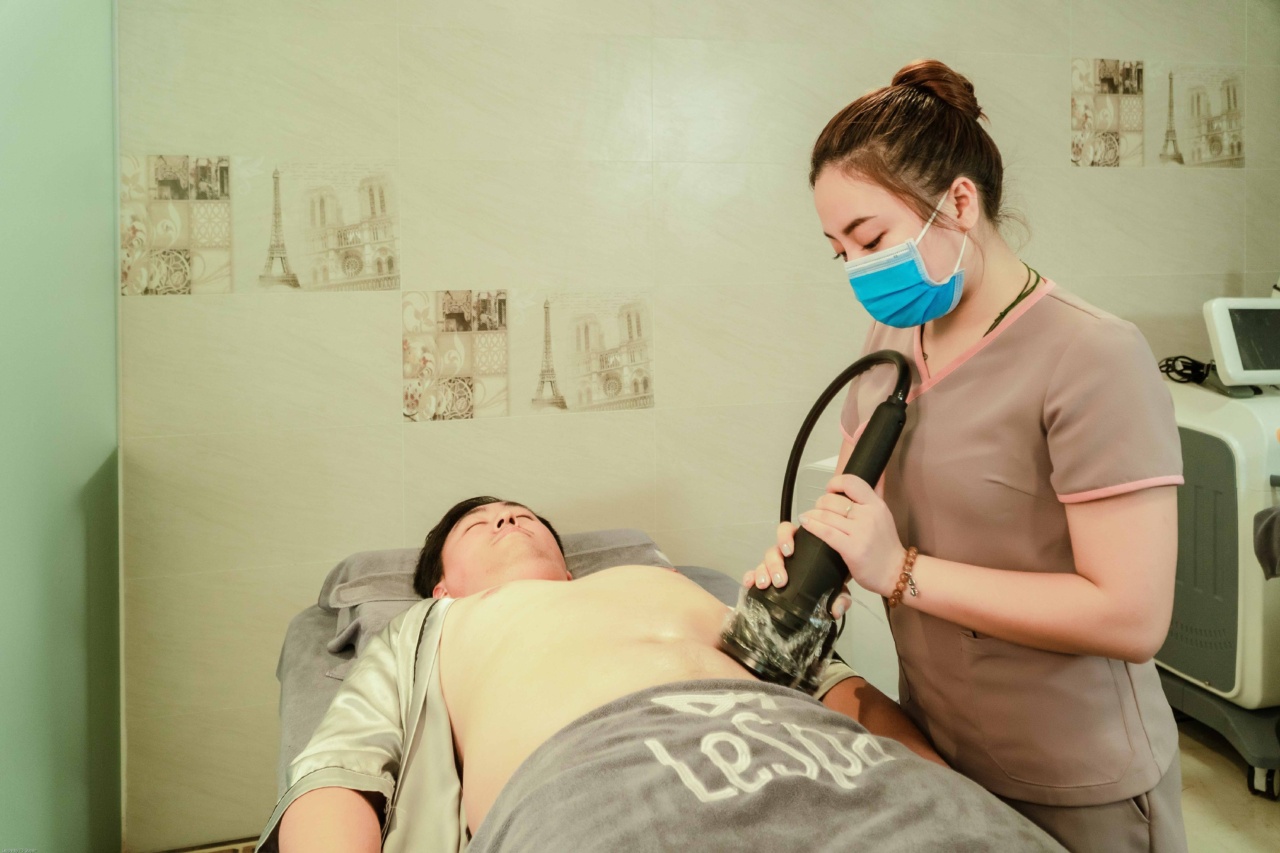Urinary incontinence is a condition characterized by the inability to control urinary function, leading to involuntary leakage of urine. While it is often associated with women, men can also experience urinary incontinence.
However, due to various factors such as anatomical differences and underlying health conditions, male urinary incontinence presents differently and requires specific considerations in terms of causes, symptoms, and treatments. In this article, we will delve into the topic of male urinary incontinence, exploring its causes, symptoms, and available treatment options.
Types of Male Urinary Incontinence
Male urinary incontinence can manifest in several forms. Understanding the different types is crucial in determining the underlying cause and devising an appropriate treatment plan. Here are the most common types of male urinary incontinence:.
1. Stress Incontinence
Stress incontinence is the involuntary leakage of urine during activities that put pressure on the bladder, such as coughing, sneezing, laughing, or lifting heavy objects.
In men, stress incontinence often occurs as a result of weakened pelvic floor muscles or damage to the urinary sphincter.
2. Overflow Incontinence
Overflow incontinence occurs when the bladder does not empty completely, causing it to constantly be in a state of fullness. This can lead to urinary leakage as the bladder becomes overly stretched and cannot hold any more urine.
In men, overflow incontinence is commonly associated with conditions that obstruct the normal flow of urine, such as an enlarged prostate or urethral stricture.
3. Urge Incontinence
Urge incontinence, also known as overactive bladder, is characterized by a sudden and intense urge to urinate followed by an involuntary loss of urine.
In men, urge incontinence is often linked to conditions such as bladder infections, bladder stones, or neurological disorders that disrupt the normal functioning of the bladder muscles.
4. Functional Incontinence
Functional incontinence occurs when physical or cognitive impairments prevent an individual from reaching the toilet in time.
This type of incontinence is not directly related to problems with the urinary system but rather to external factors that hinder access to the toilet, such as mobility issues or psychological disorders.
Causes of Male Urinary Incontinence
Male urinary incontinence can stem from various underlying causes. Understanding these causes is essential in diagnosing the specific type of incontinence and determining the appropriate treatment approach.
Here are some common causes of male urinary incontinence:.
1. Prostate Problems
The prostate gland plays a vital role in male urinary function as it surrounds the urethra, the tube responsible for carrying urine out of the body.
Conditions that affect the prostate, such as prostate cancer, benign prostatic hyperplasia (BPH), or prostate surgery, can lead to urinary incontinence.
2. Neurological Disorders
Neurological disorders that affect the nerves involved in bladder control can lead to urinary incontinence.
Conditions such as multiple sclerosis, Parkinson’s disease, spinal cord injuries, and stroke can disrupt the signals between the brain and the bladder, causing problems with urinary control.
3. Medications
Some medications, such as diuretics, alpha blockers, sedatives, and antidepressants, can interfere with bladder function and contribute to urinary incontinence in men.
It is important to consult a healthcare professional if you suspect that your medication is causing urinary problems.
4. Lifestyle Factors
Lifestyle factors, including obesity, smoking, excessive alcohol consumption, and a sedentary lifestyle, can increase the risk of urinary incontinence in men. These factors can weaken the pelvic floor muscles and lead to bladder control issues.
Symptoms of Male Urinary Incontinence
The symptoms of male urinary incontinence can vary depending on the type and underlying cause. Here are some common symptoms associated with male urinary incontinence:.
1. Leakage of Urine
Involuntary leakage of urine, especially during physical activities or sudden urges to urinate, is a significant symptom of male urinary incontinence. The amount of leakage can range from a few drops to a full release.
2. Frequent Urination
Men experiencing urinary incontinence may feel the need to urinate more frequently than usual or have to get up multiple times during the night to empty their bladder.
3. Urgency to Urinate
Urinary incontinence can cause a sudden and strong urge to urinate, making it challenging to reach the toilet in time.
4. Weak or Intermittent Urine Stream
Men with urinary incontinence may experience a weak or intermittent urine stream while voiding.
Treatments for Male Urinary Incontinence
Fortunately, several treatment options are available to manage male urinary incontinence. The choice of treatment depends on the type, severity, and underlying cause of the condition. Here are some common treatment approaches:.
1. Pelvic Floor Exercises
Pelvic floor exercises, also known as Kegel exercises, involve strengthening the muscles that control urine flow. Regularly performing these exercises can improve bladder control and reduce urinary incontinence.
2. Medications
In some cases, medications may be prescribed to treat male urinary incontinence. Anticholinergic drugs, alpha blockers, or topical estrogen creams can help manage symptoms and improve bladder control.
3. Behavioral Techniques
Behavioral techniques, such as bladder training and scheduled voiding, can be effective in managing urinary incontinence. These techniques involve establishing a regular pattern of urination and gradually increasing the time between bathroom visits.
4. Catheterization
In certain cases, inserting a catheter into the bladder can help empty urine and manage urinary incontinence.
Intermittent catheterization or the use of an indwelling catheter may be recommended, depending on the individual’s needs and circumstances.
5. Surgery
If conservative treatments fail to alleviate urinary incontinence, surgical interventions may be considered.
Surgical options can involve procedures to correct anatomical abnormalities, implantation of artificial urinary sphincters, or placement of slings to support the bladder.
Lifestyle Modifications
In addition to medical treatments, making lifestyle modifications can significantly improve urinary incontinence symptoms in men.
These may include maintaining a healthy weight, quitting smoking, avoiding excessive alcohol and caffeine consumption, and practicing regular physical activity.































